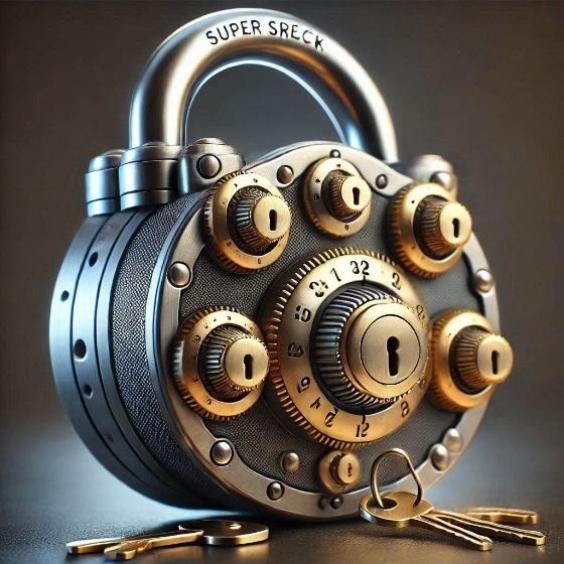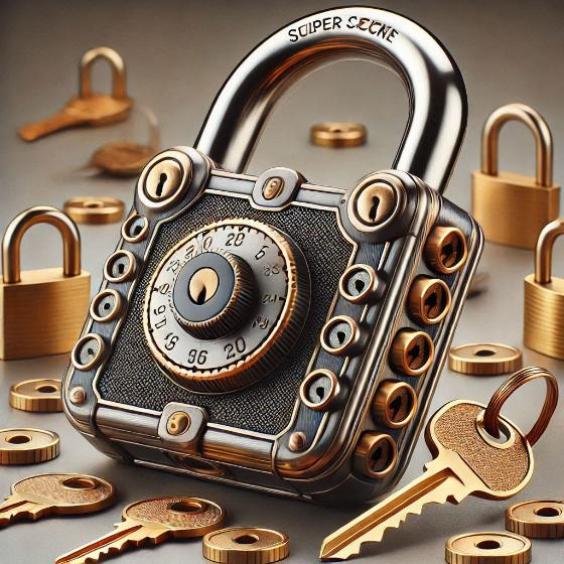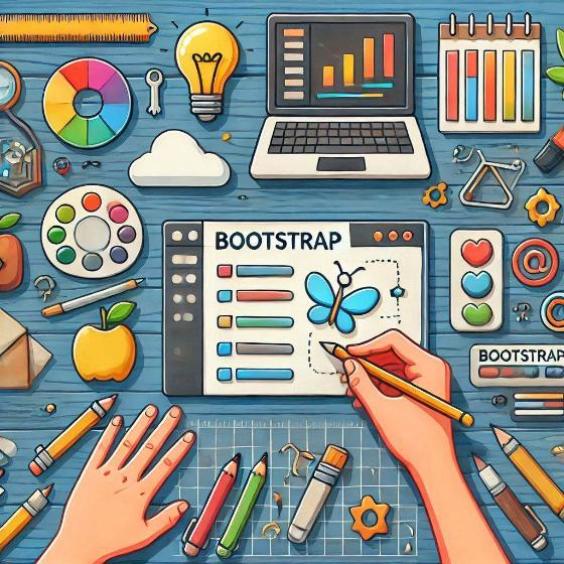What is a secure password and how to create it without going crazy
Creating a secure password is like building a sturdy lock to protect your home: you need something strong enough to keep anyone from getting in, but easy enough for you to open without any problems. If you've ever felt frustrated with passwords that seem like impossible hieroglyphics to remember, you're not alone. Here, we explain how to create a secure password and, most importantly, one that won't drive you crazy.

What is a secure password?
A secure password is one that:
- Is hard to guess: No "123456", "password", or "your name followed by 2024".
- Has an adequate length: Ideally, it should have at least 12 characters.
- Includes a mix of characters: Uppercase and lowercase letters, numbers, and symbols (like @, #, or $).
- Is not related to obvious personal information: Such as your birthday, pet's name, or the football team you love.
But... it must also be memorable. A super-secure password is no good if you can't remember it. That's why it's important to find a balance between security and practicality.

How to create a secure and memorable password
Here are some easy methods to create secure passwords that you won't forget:
1. Long and creative phrases
Think of a phrase that makes sense to you, but is hard for others to guess. For example:
"Juan's dog eats pizza in 2024!"
It's long, has letters, numbers, symbols, and is easy to remember because you can imagine the scene.
2. First letter method
Use a phrase you like and take the first letter of each word. For example:
"I like to drink coffee in the morning with sugar" becomes:
"IltdcitmwS2024"
Add a symbol or number to make it stronger.
3. Play with substitutions
Change some letters to similar numbers or symbols:
"My cat is called Felix" → "MyC@t1sC@lledFel1x!"
This makes it more secure, but still easy to remember.
4. Add something specific for each service
If you use different passwords for each account (which is recommended), you can add a detail related to the service. For example:
For your Gmail email, you could use:
"Juan's dog eats pizza in 2024!Gmail".
This way, you have a unique password for each platform, but they're all easy to derive.
What about password managers?
Password managers are tools that store and generate secure passwords for you. They're useful, but you shouldn't rely on them completely for two reasons:
- If you forget the master password (the one that unlocks the manager), you could lose access to all your accounts.
- Managers are not foolproof: Although they're designed to be secure, there's always a risk, however small, of hacking or technical failure.
That's why it's a good idea to memorize at least your most important passwords (like your main email or online banking).
Extra tips to keep your passwords secure
- Avoid repeating passwords: Use a different password for each important account.
- Don't share them: Not even with close friends or family members. You never know what might happen!
- Change your passwords periodically: Especially if you suspect an account has been compromised.
- Enable two-factor authentication (2FA): This adds an extra layer of security, like a code sent to your phone or email.
Is it safe to use the "save password" feature in the browser?
Saving passwords in the browser can be convenient, but it's not the safest option. If someone has physical access to your computer or manages to hack your browser, they could access all your accounts. It's better to trust a reliable password manager or, as we mentioned before, use passwords you can remember.
A secure password should be like a strong lock: hard to break, but easy for you to open. You don't need to memorize something impossible or blindly rely on external tools. Use long phrases, a little creativity, and keep your passwords up-to-date.
Remember, your online security starts with a password that's both strong and memorable. Make it a perfect balance!





